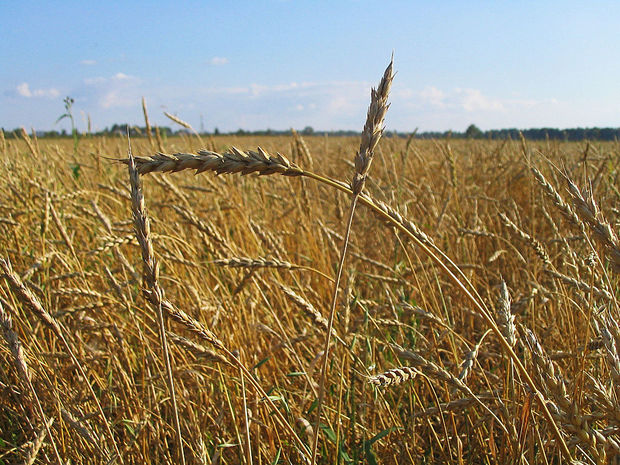Russian wheat harvest can reach its post-Soviet maximum in 2016-2017
During the oil market stagnation, Russia is trying to recover its agricultural industry and is succeeding – wheat exports can compete with European and American leaders. But the quality of the grain is pretty low and producers cannot afford a modernisation. The investors prefer to develop higher value products like fruits and vegetables.
The Russian agriculture sector showed remarkably hardy, according to Stratfor'sanalysis. Last year the Russian economy faced some significant difficulties. Western economic sanctions alongside with oil prices drop caused a budget deficit followed by cuts in many areas. However, the officials declared that the agricultural industry would not be subjected to cuts. The production of crops passed its low point when the Soviet Union fell; now the level keeps growing.
The main driver here is wheat: the U.S. Department of Agriculture's Foreign Agricultural Service forecasts that Russia's wheat harvest will reach 72 million metric tonnes next year, which is a maximum in the post-Soviet history. About 30 million metric tonnes are destined for exports competing with traditional industry leaders from Europe and North America. The Russian wheat is in demand in Egypt, who is the world's major wheat importer, and in many developing countries like Indonesia, Bangladesh and Nigeria.

On the other hand, the quality of the Russian wheat is far from ideal. Industry experts consider that this year's increase of the harvest consists mainly of feed grain. It is worth noting that feed wheat accounts for only 20% of the global consumption needs. Moreover, it is about $30 cheaper per metric tonne than the milling wheat. Corn and soy usually prevail in the feed market, but the large wheat stocks combined with low prices can change the situation.
The low quality of the grain is suspected to be the cause of this July's fall in the exports. The quality problem is typical not only for Russia but for the wheat from the United States, Canada and Europe. Due to the inflation and weak ruble, Russian producers cannot afford chemicals, fertilisers and other necessities to improve the quality of the product. The government also cannot increase its support because of the budget deficit, although wheat exports brought about $10bn in 2015.
This seems to be a problem: investment and modernisation are mostly gained by higher value products such as meat, sugar, fruits, etc. Not only the state but private investors support other agricultural sectors. For instance, Vladimir Yevtushenkov's AFK Sistema bought Yuzhny Agricultural Complex with an annual total production exceeding 40,000 tonnes of tomatoes and cucumbers. The complex is situated in the Karachay-Cherkess Republic and consists of 16 blocks of greenhouses, measuring over 145 hectares each.
These efforts are aimed at accomplishing Vladimir Putin's plan to provide a self-sufficient food supply by 2020. But even implementing the agricultural modernisation and automation, Russia has another obstacle here: the country's ageing population. Attracting workers from neighbouring countries can help, but is can also cause a social and political opposition. Thus, Russia has many problems to solve in order to exploit its vast agricultural resources.